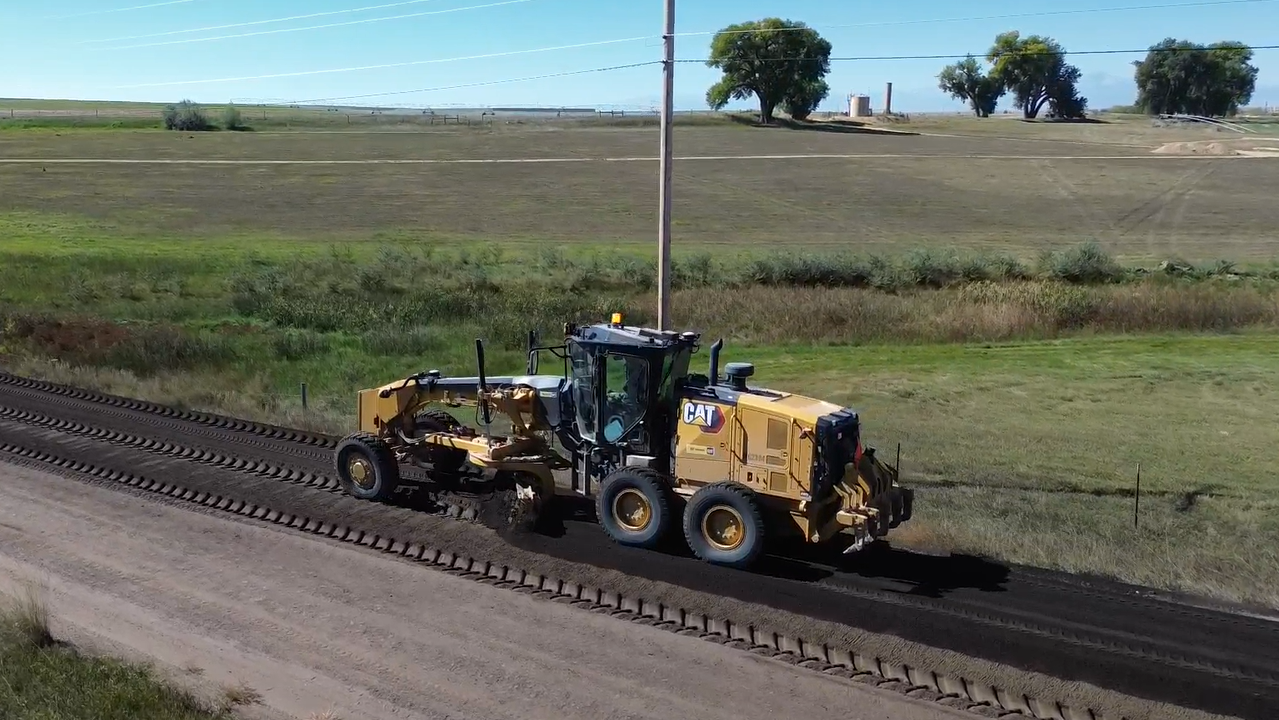BaseBind-X was developed more than 15 years ago after extensive trials and errors in Texas, Oklahoma, and Arkansas. In Texas and Oklahoma, there are countless miles of dirt and gravel roads. In many farm and ranch areas, most counties do not have the resources or funding to create all-weather roads. Across Texas, Oklahoma, and Arkansas, there are 406 counties, with Texas alone accounting for 254. The primary issues faced by these rural counties are dusty roads during extreme dry weather and muddy roads during wet conditions. With limited tax dollars to support all-weather roads, such as chip-seal, asphalt, or concrete roads, counties sought a solution. Over the years, these counties experimented with asphaltic base oils, emulsions, polymers, glues, Portland cement, and other materials, often achieving limited success and incurring significant expense.

BaseBind-X provided an answer that worked in approximately 95% of roads, whether they consisted of dirt, asphalt millings, caliche, granite rock, limestone, flint rock, or other native materials. After testing various blends of raw materials on numerous road types, the formulation of BaseBind-X was refined. Most counties only had graders/maintainers, water trucks, and sometimes compaction equipment. To create roads that lasted, it was essential to incorporate the product into the road base rather than simply applying it to the surface. When truck traffic was present, roads needed to be scarified to a minimum depth of 4–6 inches to achieve sufficient strength in the base to support heavy loads. In some cases, counties with reclaimers were able to inject BaseBind-X into the base during the reclaiming process.

After a few months of application, the results were remarkable for both the counties and the development team. Roads experienced significantly less dust, and they remained drivable during wet weather, preventing ruts from trucks and vehicles. These successes opened many opportunities in Texas, Oklahoma, and Arkansas. However, distance posed a challenge, as accounts were often 500–800 miles from the manufacturing facility, leading to high freight costs for counties. This obstacle necessitated further innovation.
A super-concentrated formulation of BaseBind-X was developed to address these logistical challenges. This version could be blended with up to four parts water, allowing counties to dilute the product with their own water supply and apply it on their schedule. The concentrated formulation enabled counties to stabilize roads at less than half the cost of using standard BaseBind-X, making it more accessible and effective for limited budgets.
You can contact an EnviroTech Services area representative or consultant to learn more about how to maximize budget dollars while achieving high-quality road stabilization.

